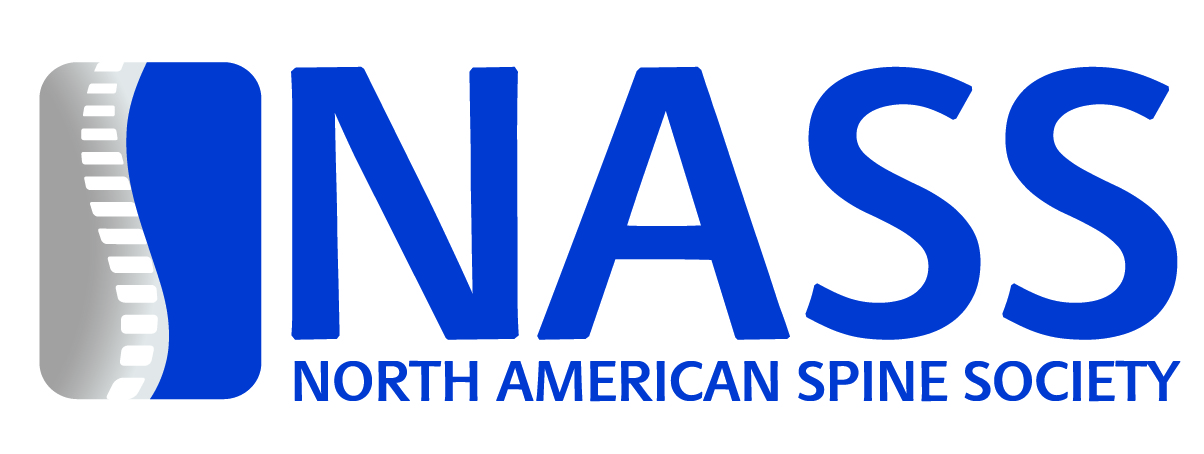Pain at the bottom of your spinal column can make everyday activities uncomfortable to perform — and at times unbearable. Lower back pain may stem from issues with the sacrum or the coccyx. To determine if your back pain is related to these two bones, it’s important to understand the functions of the sacrum and coccyx as well as common issues and injuries associated with them.
What Is the Sacrum?
The sacrum is a single bone shaped like an upside-down triangle, consisting of five fused vertebrae. Located at the base of the spinal column, the sacrum connects the pelvis to the spinal column. Together with the coccyx (tailbone), it acts as an anchor point for the spinal column, providing stability so you can sit upright. The sacrum also supports your upper body weight, which is essential for mobility and balance.
What Is the Coccyx?
The coccyx or tailbone is situated at the very end of the sacrum and is the last bone in the spine. Typically, the tailbone consists of three to five bones that fuse over time, usually completing the process around the age of 30. The coccyx provides stability while sitting down and anchors ligaments, tendons and muscles.
Sacrum vs. Coccyx Differences
While both the sacrum and the coccyx consist of multiple fused vertebrae, the sacrum is wider and stronger, whereas the coccyx is made up of smaller bones. Both bones contribute to stability. However, the sacrum bears the most weight, stabilizes the spine and pelvis, and serves as a shock absorber for the spine. The coccyx plays a less significant role and is considered a remnant of the tail that was present in our distant ancestors.
Common Issues and Injuries
Many of those experiencing lower back pain may have a sacral complication. There are several reasons why your sacrum might cause pain, including:
- Sacroiliitis: When the joints connecting your spine and pelvis get inflamed, you may experience pain in your lower back, legs and buttock muscles. Arthritis is the most common cause, but other health conditions can also lead to joint dysfunction. Pregnant women may also temporarily experience sacroiliitis as hormones can widen or rotate scoliotic joints.
- Chordoma: This type of bone cancer can grow anywhere along the spine. However, it commonly affects the sacrum.
- Sacral fractures: Lower back pain may also result from sacral fractures, which can occur due to impact injuries from falls or car accidents. Health complications like osteoporosis can also weaken the sacrum, making it more susceptible to fractures.
Tailbone pain, or coccydynia, can vary from mild to severe, significantly affecting daily life. There are many tailbone pain causes, including:
- Falls: Falls can lead to tailbone bruises and fractures.
- Pregnancy or childbirth: During pregnancy, the tailbone becomes more flexible, straining the ligaments and muscles around it. If the surrounding soft tissue cannot adequately support the tailbone, this can lead to pain.
- Repetitive strain injuries: When you lean back and forth repeatedly, as you would when participating in sports like rowing or bicycling, you can injure the tissue around the tailbone.
- Weight problems: Carrying excess weight can put extra pressure on the tailbone. At the same time, being at a lower weight than average can cause inflammation due to insufficient cushioning.
Treatment and Care for the Sacrum and Coccyx
Various nonsurgical treatments can help relieve sacrum and coccyx pain. Your provider can assess the underlying causes of your pain to offer targeted treatment. Common interventions include caudal epidural steroid injections to relieve pain and inflammation in the lower sacral area. You may also be prescribed physical therapy to help stretch the surrounding muscles and improve your posture.
For those struggling with sacroiliac joint pain, your doctor might recommend sacroiliac joint fusion surgery, which stabilizes the sacrum.
Spine Institute of North America offers lower spine injury treatment to address sacrum and coccyx pain. Our specialists will thoroughly examine your condition to treat the root cause of your pain. Through comprehensive testing and tailored treatment plans, we can help you find relief from lower back pain.
Schedule an Appointment Today
If you want to experience relief from sacrum and coccyx pain, we encourage you to book an appointment with one of our experienced and compassionate spine specialists today. Let’s help you find the cause of your pain so you can live life with greater ease and comfort.








